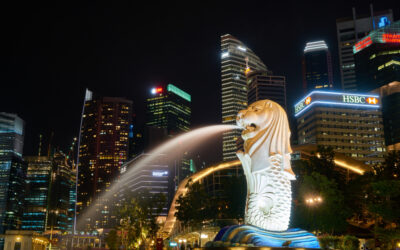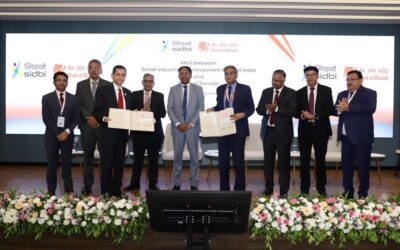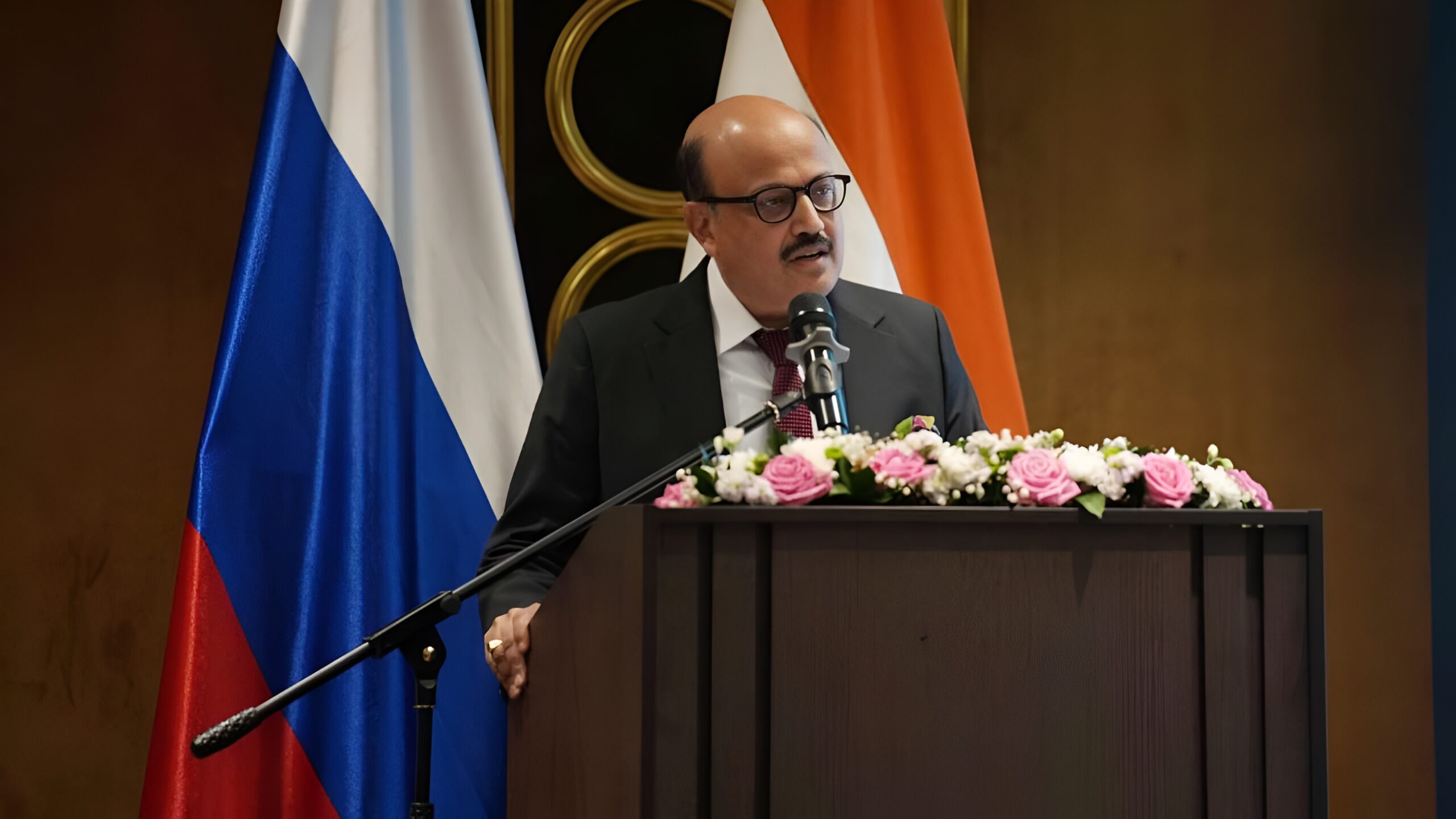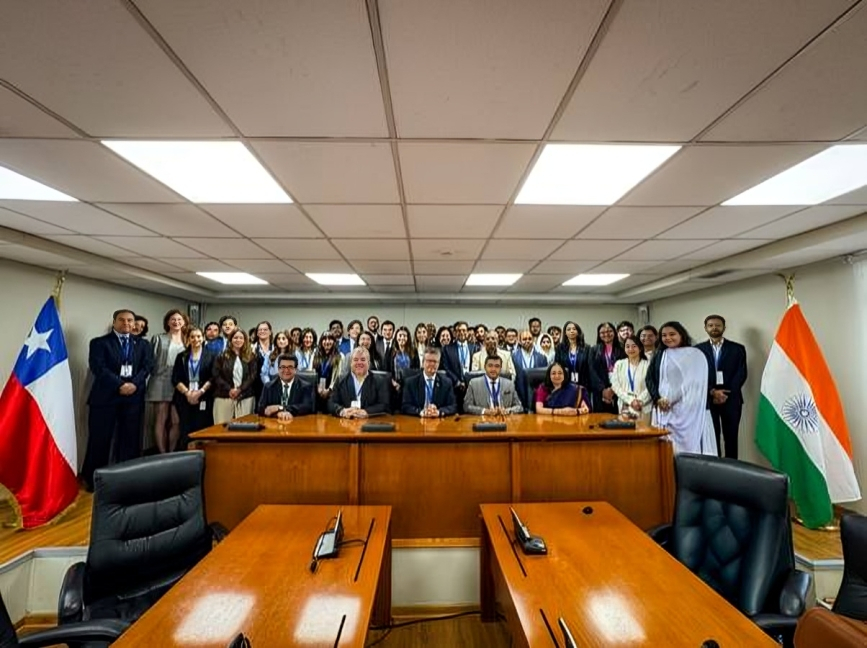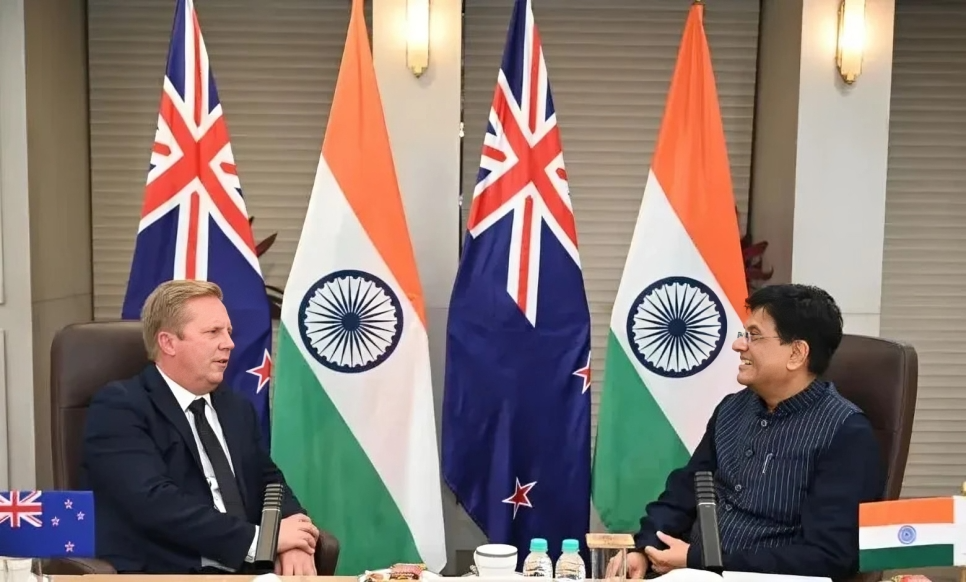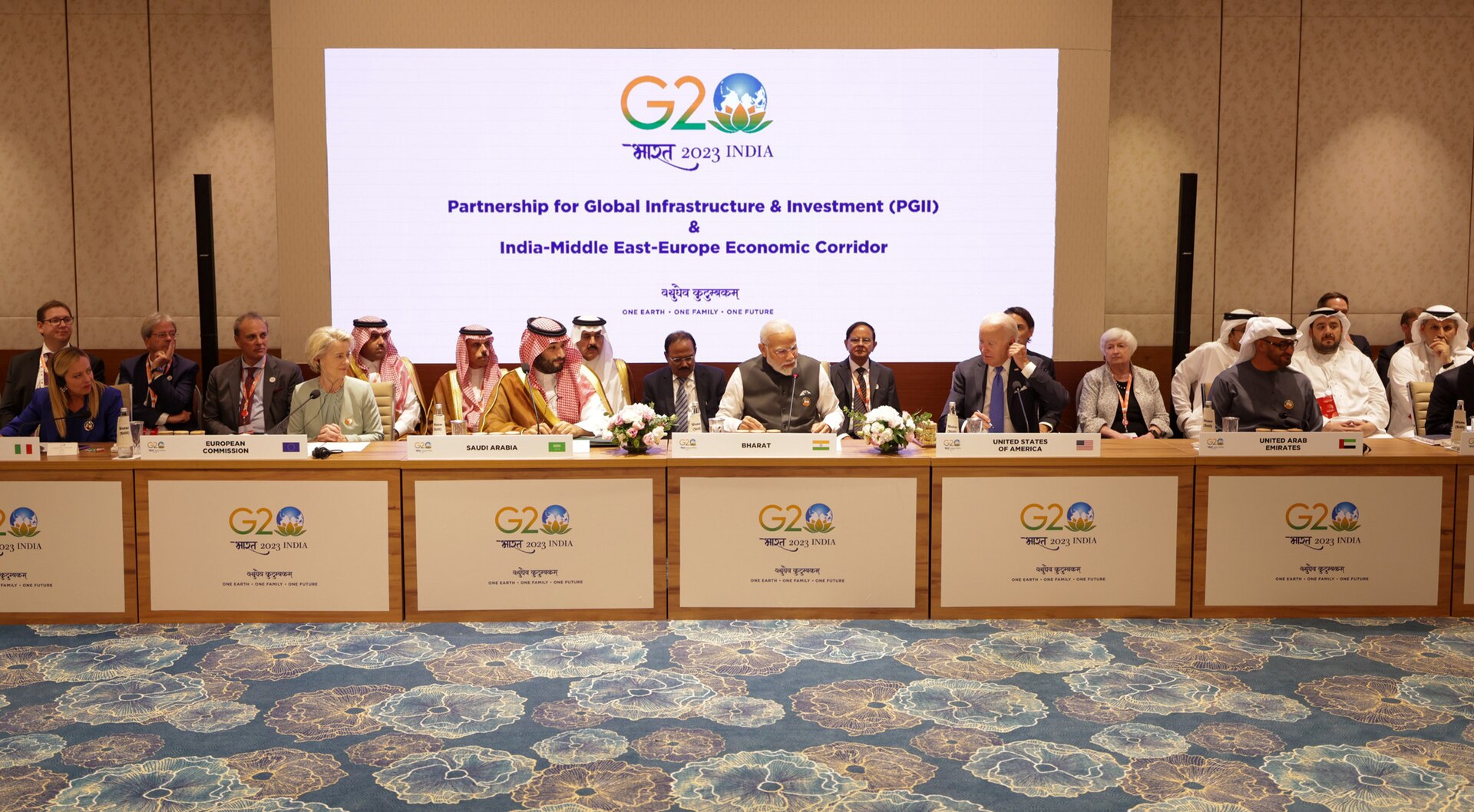A New Trade Route from Sanctions: Why India Should Watch the Russia–Myanmar Corridor Closely

By all appearances, Russia and Myanmar are working to sketch out a new trade corridor that would link Moscow to Yangon via Mumbai. It’s a bold plan one-part economic survival, one-part geopolitical pivot and if realized, it could reshape not just regional trade dynamics but India’s long-term position as a connector between Eurasia and Southeast Asia.
This proposed route came into sharper focus during a meeting earlier this week in Naypyitaw between Myanmar’s junta-appointed Transport Minister, General Mya Tun Oo and a Russian trade delegation. Their goal? Establish a logistics link that would allow Russian goods to move through Mumbai Port to Myanmar’s Yangon Port and from there, onward to Southeast Asian markets by road and rail.
No official blueprint has been released yet. But the ambition is unmistakable. Myanmar wants to become a regional transit hub. Russia needs new trade pathways in the face of Western sanctions. And India? It finds itself, perhaps uncomfortably, in the middle of it all.
A Corridor of Circumstance
This trilateral idea may sound improvised but it’s not without logic. Myanmar’s military regime has been deepening ties with Russia since its 2021 coup isolated it diplomatically. Moscow, for its part, sees Myanmar as an eager ally in Asia and a potential outlet to ASEAN markets especially as its access to Europe and the U.S. continues to shrink.
The plan to use Indian ports isn’t a coincidence either. India offers geographical proximity, port infrastructure, and a reputation for maintaining strategic autonomy. For Myanmar, shipping goods from Russia through Mumbai and then channelling them via Yangon to Southeast Asia could help position itself as a critical link in an East-West supply chain that skirts Western scrutiny.
For Russia, it’s about market access. For Myanmar, relevance. And for India, it’s an emerging situation that could either complement or complicate its own regional trade ambitions.
Where India Fits In
India hasn’t officially commented on the proposed corridor, but it’s hard to ignore the overlap with an already active project: the Kaladan Multi-Modal Transit Transport Project. This long-delayed initiative connects India’s eastern port of Kolkata with Myanmar’s Sittwe Port, before linking up to Mizoram via a river and road network.
Kaladan is more than an infrastructure project it’s a cornerstone of India’s “Act East” policy, meant to unlock economic opportunity in the Northeast while improving trade access to Southeast Asia. After years of delays caused by conflict and contractor challenges in Myanmar, India now says the Kaladan project will be fully operational by 2027.
If the Russia-MyanmarIndia corridor proceeds, it could either run parallel to or intersect with Kaladan. That raises an important question: Will India quietly support it, seek to shape it, or keep its distance?
Opportunity or Oversight
While the project’s political optics will rightly get attention, its economic implications are worth watching especially for Indian MSMEs and logistics operators.
Think about it: A new trade route that flows through India, however indirectly, means increased port activity, warehousing demand, and cross-border movement. SMEs in coastal logistics, transport aggregation, customs brokering and inland container depots could benefit if Mumbai becomes a key node in a larger Eurasian-ASEAN corridor.
For industries like fertilizers, metals, packaging and electronics, which already trade with Russia or Southeast Asia, the corridor could open new channels especially if Russia begins using Indian ports more frequently for transshipment.
On the eastern side, small and mid-sized businesses in Northeast India, often cut off from export networks, could find a gateway via Myanmar once Kaladan is functional. It’s a long game, but one worth planning for.
A New Strategic Balancing Act
Of course, it’s not all upsides. India will have to navigate this carefully. The optics of enabling Russian cargo flow during a time of global sanctions are sensitive. Myanmar’s military government, too, remains controversial and diplomatically isolated. Aligning too closely could come at a cost especially if India is seen as facilitating a sanction workaround.
That said, this could also be a chance for India to assert its role as a regional connector without choosing sides outright. Supporting regional logistics in a way that aligns with its own development goals without explicitly endorsing one actor or another has been a hallmark of India’s quiet diplomacy.
The Kaladan corridor, after all, is India’s own vision. If this new Russia–Myanmar initiative intersects with it, it may be better to shape the outcome than ignore it.
Watch the Route, Not Just the Map
The proposed Russia-Myanmar-India corridor is still just a conversation. But conversations in geopolitics, especially ones that involve ports, trade and sanctions, have a way of becoming corridors of influence.
For Indian SMEs, logistics players and regional policymakers, this is not just a foreign story. It’s one that could have real implications for growth, connectivity and India’s standing in a region where trade and diplomacy are increasingly linked.
If India plays its cards right, this could be more than just a route for Russian exports. It could become a route to a more connected, influential and economically resilient South Asia.



